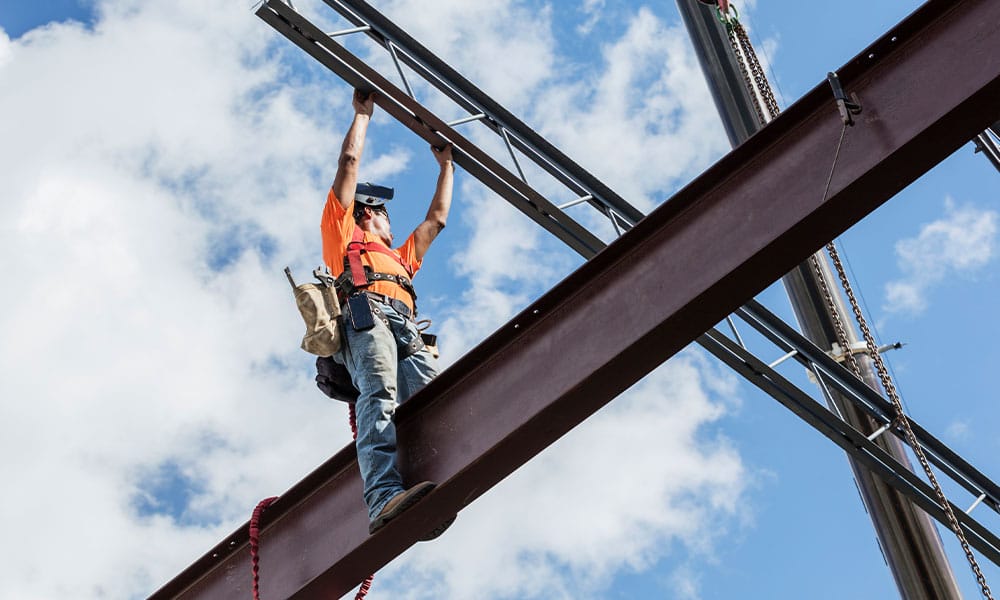Crane accidents are among the most devastating incidents on or near construction sites. Whether you’re a construction worker on-site or a pedestrian passing through downtown San Diego, a crane malfunction, falling debris, or equipment collapse can change your life in an instant. Injuries often include crushed limbs, spinal trauma, or even fatalities. One of the most difficult challenges in the aftermath is identifying who should be held responsible.
At Artemis Law Group, we focus on high-stakes construction accident cases across San Diego. If you or someone close to you has been hurt in a crane-related event, it’s crucial to understand which parties may be held legally accountable so you can pursue rightful compensation. Below is a breakdown of the individuals or entities that could bear liability.
General Contractor or Construction Company
The lead construction company or general contractor has a duty to uphold site safety and manage workflow, equipment standards, and worker qualifications. When this oversight fails, accidents involving cranes can occur due to negligence or lax enforcement.
They may be held liable if they:
- Did not implement or follow through on safety procedures
- Allowed untrained or uncertified individuals near the crane
- Ignored weather warnings or unstable ground conditions
- Failed to perform regular safety inspections
- Did not equip workers with required personal protective equipment (PPE)
Crane Operator
Operating a crane requires expertise, focus, and strict adherence to safety protocols. Operators who act carelessly or make critical errors can trigger serious, even fatal, accidents. Depending on how they’re employed, crane operators may face personal or professional liability.
The crane operator could be responsible if:
- They operated under the influence or while overly fatigued
- They lacked current licensing or proper certification
- They failed to respect site rules or weight restrictions
- They miscommunicated with signalers or ground crew
- They ignored alerts or failed to address mechanical issues

Third-Party Subcontractor Managing Crane Operations
In many San Diego construction projects, crane operations are handled by outside subcontractors. These specialized firms must ensure their crews are trained, supervised, and compliant with all safety regulations. Negligence at this level can lead to catastrophic outcomes.
The subcontractor may be liable if:
- They employed staff without necessary skills or credentials
- They did not keep up-to-date inspection or safety records
- They skipped mandatory safety training or ignored emergency protocols
- They failed to comply with OSHA guidelines
- They used cranes on unstable or unprepared ground
Crane Leasing Company or Owner
When a crane is rented or subcontracted, the equipment owner must confirm it’s in safe, operable condition. If a defect or maintenance lapse contributes to the accident, the owning party may face legal action.
The owner may be liable if:
- They neglected scheduled maintenance or failed inspections
- They leased out cranes with known issues or unrepaired damage
- They failed to update or replace malfunctioning parts
- They used outdated or non-compliant equipment
- They lacked documentation verifying the crane’s service history
Inspection or Maintenance Provider
Routine crane servicing and inspections are vital for avoiding mechanical failures. These services are often performed by third-party vendors, and when performed poorly or not at all, they may be held responsible for any resulting accidents.
They may be at fault if:
- They forged maintenance logs or safety records
- They overlooked visible defects or signs of deterioration
- They failed to catch issues during standard evaluations
- They did not advise on necessary repairs or replacements
- They ignored manufacturer-recommended service intervals

Crane or Parts Manufacturer
In some cases, crane failures stem from manufacturing defects or poor design. If the equipment was flawed from the outset, product liability laws may come into play—even if the operator and owner did everything right.
The manufacturer may be accountable if:
- The crane’s design made it inherently unstable or unsafe
- Safety systems failed due to substandard production
- Warnings or usage guidelines were incomplete or unclear
- Components malfunctioned under standard use conditions
- The crane didn’t meet current industry safety certifications
Property Owner or Development Firm
Site owners and developers can sometimes be drawn into liability if they directed crane placement, hired negligent teams, or failed to address known dangers. When developers pressure contractors to speed up work or ignore safety budgets, their decisions may contribute directly to a serious personal injury incident.
They may be held responsible if:
- They demanded unsafe crane use to accelerate timelines
- They refused funding for necessary safety measures
- They interfered with safety protocols or site plans
- They withheld information about known site hazards
- They directly employed unreliable or unqualified contractors
Shared Responsibility Across Multiple Parties
It’s rare for only one party to be responsible for a crane accident. More often, it’s a combination of factors—operator error, poor equipment maintenance, lack of oversight—that contributes to the event. A knowledgeable legal team can investigate all possible angles and pursue the compensation you’re owed from every liable source.
Artemis Law Group: Your San Diego Crane Accident Attorneys
Crane accident cases are intricate, often involving multiple companies, third-party providers, and insurance carriers. At Artemis Law Group, we have years of experience holding negligent parties accountable in San Diego construction injury cases. Whether your injuries stemmed from operator error, faulty equipment, or unsafe site management, we are here to fight for justice on your behalf.
Contact us today for a free consultation and learn how we can help you secure the recovery you deserve.


